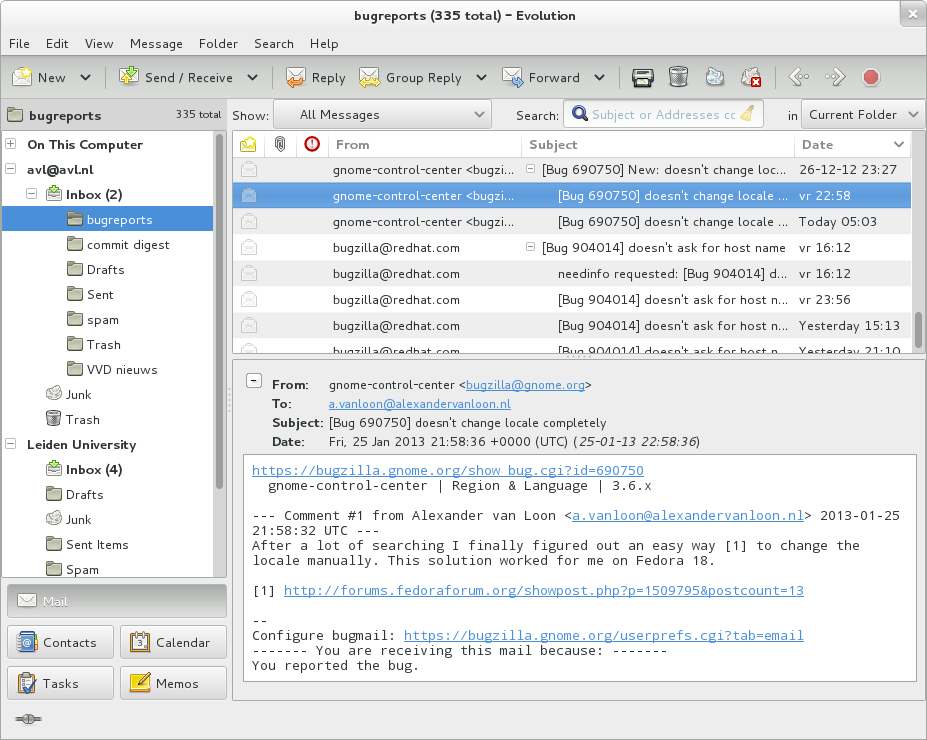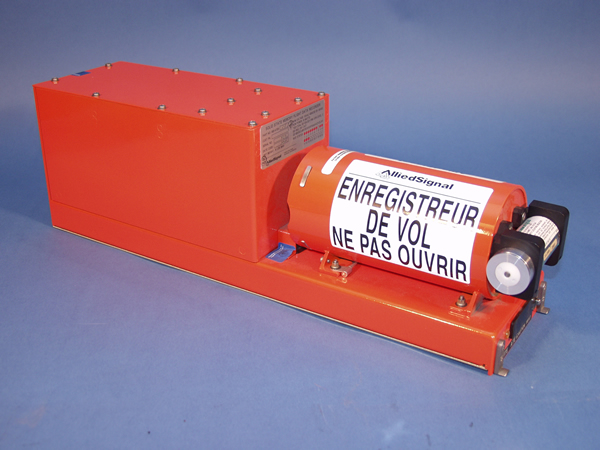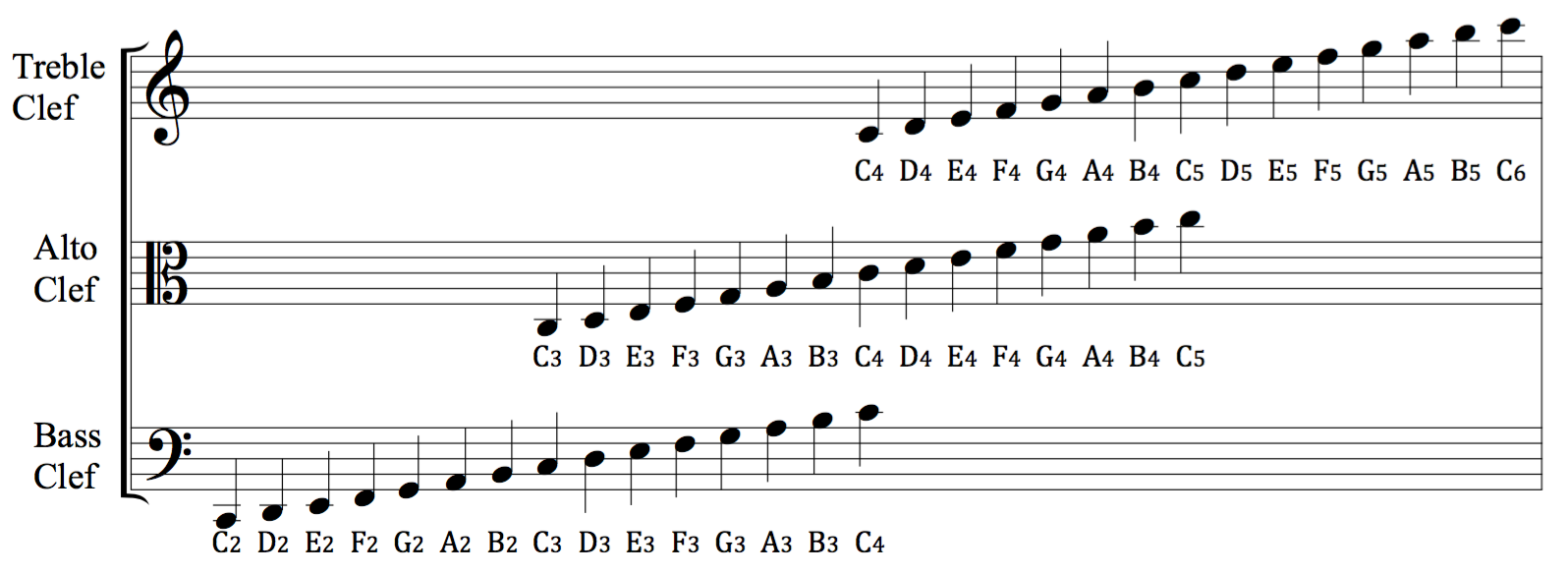|
Million Dollar Mind Game
''What? Where? When?'' (russian: Что? Где? Когда?, translit. ''Chto? Gde? Kogda?'') is an intellectual game show well known in Russian-language media and other CIS states since the mid-1970s. Today it is produced for television by TV Igra on the Russian Channel One and also exists as a competitive game played in clubs organized by thWorld Association of Clubs Over 50,000 teams worldwide play the sport version of the game, based on the TV show. Format Throughout the game, a team of six experts attempts to answer questions sent in by viewers. For each question, the time limit is one minute. The questions require a combination of skills such as logical thinking, intuition, insight, etc. to find the correct answer. The person who sent in the question earns a prize if the experts cannot give the correct answer, while the team of experts earns points if they manage to get the correct answer. The basic rules of the game are: * The game is played between a "team of T ... [...More Info...] [...Related Items...] OR: [Wikipedia] [Google] [Baidu] |
Vladimir Voroshilov
Vladimir Yakovlevich Voroshilov (russian: Влади́мир Я́ковлевич Вороши́лов, born name Vladimir Kolmanovich, 18 December 1930 in Simferopol – 10 March 2001 in Peredelkino, Moscow Oblast) was an author, producer and anchorman of the television show ''What? Where? When?'', and a member of the Russian Academy of Television. He served from 1989 as president of the International Association of Clubs. Biography Voroshilov was born as Vladimir Kolmanovich in Simferopol, to senior ministerial official Yakov Davidovich Kolmanovich and his wife Vera Borisovna, a seamstress. In 1943 the family evacuated to Moscow. In Moscow, Voroshilov attended an artistic school for gifted children Intellectual giftedness is an intellectual ability significantly higher than average. It is a characteristic of children, variously defined, that motivates differences in school programming. It is thought to persist as a trait into adult life, wi ..., graduating to the f ... [...More Info...] [...Related Items...] OR: [Wikipedia] [Google] [Baidu] |
Insight
Insight is the understanding of a specific cause and effect within a particular context. The term insight can have several related meanings: *a piece of information *the act or result of understanding the inner nature of things or of seeing intuitively (called noesis in Greek) *an introspection *the power of acute observation and deduction, discernment, and perception, called intellection or noesis *An understanding of cause and effect based on the identification of relationships and behaviors within a model, context, or scenario (see artificial intelligence) An insight that manifests itself suddenly, such as understanding how to solve a difficult problem, is sometimes called by the German word '' Aha-Erlebnis''. The term was coined by the German psychologist and theoretical linguist Karl Bühler. It is also known as an epiphany, eureka moment or (for cross word solvers) the penny dropping moment (PDM). Sudden sickening realisations often identify a problem rather than so ... [...More Info...] [...Related Items...] OR: [Wikipedia] [Google] [Baidu] |
Moth
Moths are a paraphyletic group of insects that includes all members of the order Lepidoptera that are not butterflies, with moths making up the vast majority of the order. There are thought to be approximately 160,000 species of moth, many of which have yet to be described. Most species of moth are nocturnal, but there are also crepuscular and diurnal species. Differences between butterflies and moths While the butterflies form a monophyletic group, the moths, comprising the rest of the Lepidoptera, do not. Many attempts have been made to group the superfamilies of the Lepidoptera into natural groups, most of which fail because one of the two groups is not monophyletic: Microlepidoptera and Macrolepidoptera, Heterocera and Rhopalocera, Jugatae and Frenatae, Monotrysia and Ditrysia.Scoble, MJ 1995. The Lepidoptera: Form, function and diversity. Oxford, UK: Oxford University Press; 404 p. Although the rules for distinguishing moths from butterflies are not well est ... [...More Info...] [...Related Items...] OR: [Wikipedia] [Google] [Baidu] |
Email
Electronic mail (email or e-mail) is a method of exchanging messages ("mail") between people using electronic devices. Email was thus conceived as the electronic ( digital) version of, or counterpart to, mail, at a time when "mail" meant only physical mail (hence '' e- + mail''). Email later became a ubiquitous (very widely used) communication medium, to the point that in current use, an email address is often treated as a basic and necessary part of many processes in business, commerce, government, education, entertainment, and other spheres of daily life in most countries. ''Email'' is the medium, and each message sent therewith is also called an ''email.'' The term is a mass noun. Email operates across computer networks, primarily the Internet, and also local area networks. Today's email systems are based on a store-and-forward model. Email servers accept, forward, deliver, and store messages. Neither the users nor their computers are required to be online simu ... [...More Info...] [...Related Items...] OR: [Wikipedia] [Google] [Baidu] |
International Article Number
The International Article Number (also known as European Article Number or EAN) is a standard describing a barcode symbology and numbering system used in global trade to identify a specific retail product type, in a specific packaging configuration, from a specific manufacturer. The standard has been subsumed in the Global Trade Item Number standard from the GS1 organization; the same numbers can be referred to as GTINs and can be encoded in other barcode symbologies defined by GS1. EAN barcodes are used worldwide for lookup at retail point of sale, but can also be used as numbers for other purposes such as wholesale ordering or accounting. These barcodes only represent the digits 0–9, unlike some other barcode symbologies which can represent additional characters. The most commonly used EAN standard is the thirteen-digit EAN-13, a superset of the original 12-digit Universal Product Code (UPC-A) standard developed in 1970 by George J. Laurer. An EAN-13 number includes a 3 ... [...More Info...] [...Related Items...] OR: [Wikipedia] [Google] [Baidu] |
Barcode
A barcode or bar code is a method of representing data in a visual, Machine-readable data, machine-readable form. Initially, barcodes represented data by varying the widths, spacings and sizes of parallel lines. These barcodes, now commonly referred to as linear or one-dimensional (1D), can be scanned by special optical scanners, called barcode readers, of which there are several types. Later, two-dimensional (2D) variants were developed, using rectangles, dots, hexagons and other patterns, called ''matrix codes'' or ''2D barcodes'', although they do not use bars as such. 2D barcodes can be read using purpose-built 2D optical scanners, which exist in a few different forms. 2D barcodes can also be read by a digital camera connected to a microcomputer running software that takes a photographic image of the barcode and analyzes the image to deconstruct and decode the 2D barcode. A mobile device with an inbuilt camera, such as smartphone, can function as the latter type of 2D barcode ... [...More Info...] [...Related Items...] OR: [Wikipedia] [Google] [Baidu] |
Flight Data Recorder
A flight recorder is an electronic recording device placed in an aircraft for the purpose of facilitating the investigation of aviation accidents and incidents. The device may often be referred to as a "black box", an outdated name which has become a misnomer—they are now required to be painted bright orange, to aid in their recovery after accidents. There are two types of flight recording devices: the flight data recorder (FDR) preserves the recent history of the flight through the recording of dozens of parameters collected several times per second; the cockpit voice recorder (CVR) preserves the recent history of the sounds in the cockpit, including the conversation of the pilots. The two devices may be combined into a single unit. Together, the FDR and CVR objectively document the aircraft's flight history, which may assist in any later investigation. The two flight recorders are required by international regulation, overseen by the International Civil Aviation Organiza ... [...More Info...] [...Related Items...] OR: [Wikipedia] [Google] [Baidu] |
Falcon
Falcons () are birds of prey in the genus ''Falco'', which includes about 40 species. Falcons are widely distributed on all continents of the world except Antarctica, though closely related raptors did occur there in the Eocene. Adult falcons have thin, tapered wings, which enable them to fly at high speed and change direction rapidly. Fledgling falcons, in their first year of flying, have longer flight feathers, which make their configuration more like that of a general-purpose bird such as a broad wing. This makes flying easier while learning the exceptional skills required to be effective hunters as adults. The falcons are the largest genus in the Falconinae subfamily of Falconidae, which itself also includes another subfamily comprising caracaras and a few other species. All these birds kill with their beaks, using a tomial "tooth" on the side of their beaks—unlike the hawks, eagles, and other birds of prey in the Accipitridae, which use their feet. The largest falc ... [...More Info...] [...Related Items...] OR: [Wikipedia] [Google] [Baidu] |
Literary Trope
A literary trope is the use of figurative language, via word, phrase or an image, for artistic effect such as using a figure of speech. Keith and Lundburg describe a trope as, "a substitution of a word or phrase by a less literal word or phrase." The word ''trope'' has also come to be used for describing commonly recurring or overused literary and rhetorical devices, motifs or clichés in creative works. Literary tropes span almost every category of writing, such as poetry, film, plays, and video games. Origins The term ''trope'' derives from the Greek (''tropos''), "turn, direction, way", derived from the verb τρέπειν (''trepein''), "to turn, to direct, to alter, to change". Tropes and their classification were an important field in classical rhetoric. The study of tropes has been taken up again in modern criticism, especially in deconstruction. Tropological criticism (not to be confused with tropological reading, a type of biblical exegesis) is the historical study of tr ... [...More Info...] [...Related Items...] OR: [Wikipedia] [Google] [Baidu] |
Kenning
A kenning ( Icelandic: ) is a figure of speech in the type of circumlocution, a compound that employs figurative language in place of a more concrete single-word noun. Kennings are strongly associated with Old Norse-Icelandic and Old English poetry. They continued to be a feature of Icelandic poetry (including '' rímur'') for centuries, together with the closely related heiti. A kenning has two parts: a base-word (also known as a head-word) and a determinant. For example, the base-word of the kenning "íss rauðra randa" ('icicle of red shields' WORD Einarr Skúlason: ''Øxarflokkr'' 9) is ''íss'' ('ice, icicle') and the determinant is ''rǫnd'' ('rim, shield-rim, shield'). The thing, person, place or being to which the kenning refers is known as its referent (in this case a sword). Although kennings are sometimes hyphenated in English translation, Old Norse poetry did not require kennings to be in normal word order, nor do the parts of the kenning need to be side-by-side ... [...More Info...] [...Related Items...] OR: [Wikipedia] [Google] [Baidu] |
Christopher Morley
Christopher Darlington Morley (May 5, 1890 – March 28, 1957) was an American journalist, novelist, essayist and poet. He also produced stage productions for a few years and gave college lectures.''Online Literature'' Biography Morley was born in Bryn Mawr, Pennsylvania. His father, Frank Morley, was a mathematics professor at Haverford College; his mother, Lilian Janet Bird, was a violinist who provided Christopher with much of his later love for literature and poetry. In 1900, the family moved to Baltimore, Maryland. In 1906 Christopher entered Haverford College, graduating in 1910 as valedictorian. He then went to New College, Oxford, for three years on a Rhodes scholarship, studying modern history. In 1913 Morley completed his Oxford studies and moved to New York City, New York. On June 14, 1914, he married Helen Booth Fairchild, with whom he would have four children, including Louise Morley Cochrane. They first lived in Hempstead, and then in Queens Village. They t ... [...More Info...] [...Related Items...] OR: [Wikipedia] [Google] [Baidu] |
Treble Clef
A clef (from French: 'key') is a musical symbol used to indicate which notes are represented by the lines and spaces on a musical stave. Placing a clef on a stave assigns a particular pitch to one of the five lines, which defines the pitches on the remaining lines and spaces. The three clef symbols used in modern music notation are the G-clef, F-clef, and C-clef. Placing these clefs on a line fixes a reference note to that line—an F-clef fixes the F below middle C, a C-clef fixes middle C, and a G-clef fixes the G above middle C. In modern music notation, the G-clef is most frequently seen as treble clef (placing G4 on the second line of the stave), and the F-clef as bass clef (placing F3 on the fourth line). The C-clef is mostly encountered as alto clef (placing middle C on the third line) or tenor clef (middle C on the fourth line). A clef may be placed on a space instead of a line, but this is rare. The use of different clefs makes it possible to write music for ... [...More Info...] [...Related Items...] OR: [Wikipedia] [Google] [Baidu] |
.jpg)





.jpg)
